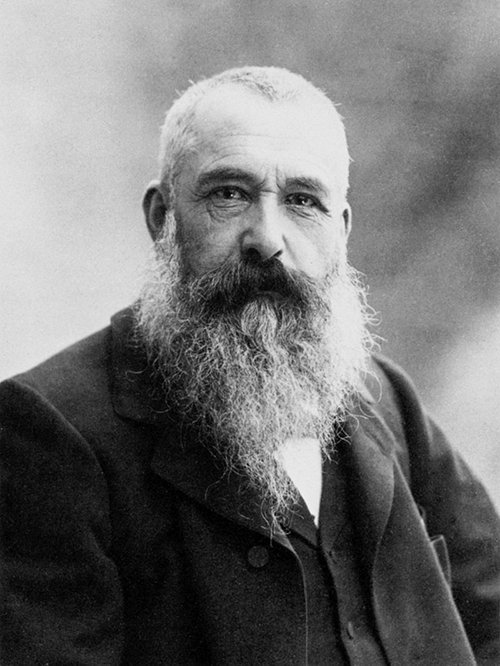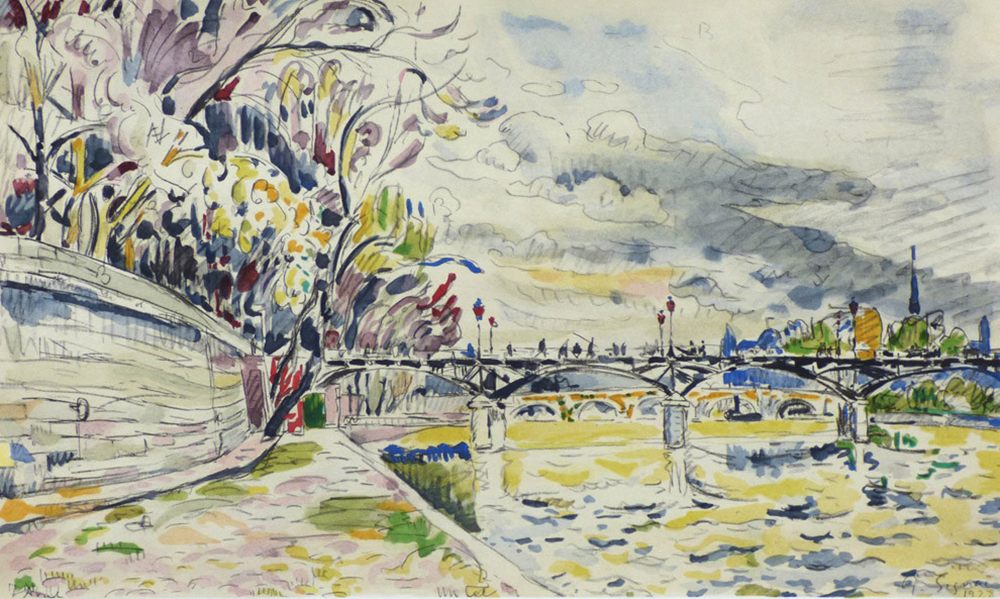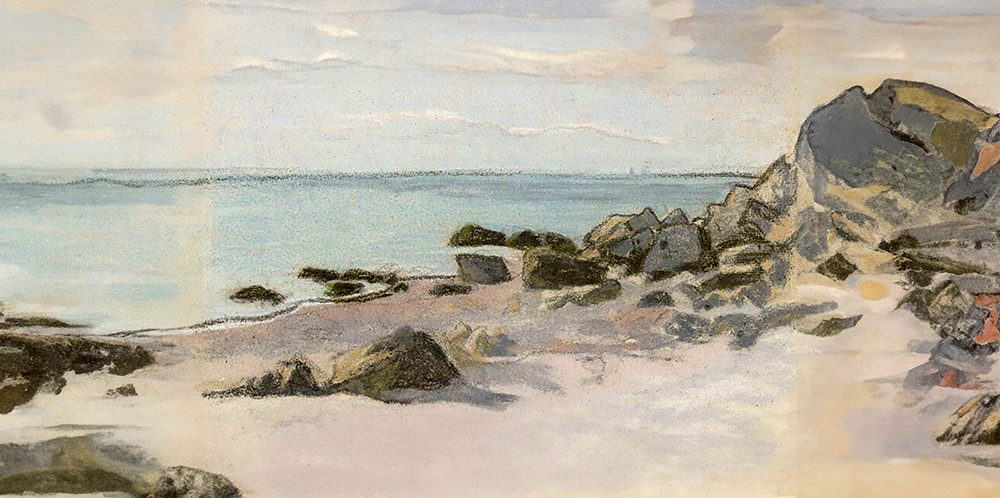|
Getting your Trinity Audio player ready...
|
Edited by: Fern Sidman
More than 80 years after the Nazis seized a Claude Monet pastel from a Jewish family fleeing persecution, the artwork has been returned to its rightful owners, marking a significant victory in the ongoing efforts to recover art looted during World War II. According to a Reuters report on Wednesday, the Monet, titled Bord de Mer, was taken in 1940 from Adalbert “Bela” and Hilda Parlagi after they were forced to abandon their home in Vienna following Austria’s annexation into Nazi Germany. Thanks to the tireless work of the FBI and the Britain-based nonprofit, Commission for Looted Art in Europe, the painting was finally reunited with the Parlagi family in 2023.
The journey to reclaim the lost Monet began decades ago. After World War II, Bela Parlagi searched for his stolen artwork but was unsuccessful until his death in 1981. His son continued the search, but he too passed away in 2012 without finding the missing works. As per the information provided in the Reuters report, it wasn’t until 2014 that the Commission for Looted Art in Europe started assisting the Parlagis’ heirs, granddaughters Helen Lowe and Francoise Parlagi, in their efforts to locate the artwork. “It’s an act of justice to have it returned,” said Anne Webber, co-chair of the commission, emphasizing that Bord de Mer holds immense sentimental value for the family .

The 7-by-11-inch (18-by-28 centimeter) pastel, created in 1865, features a serene scene from France’s Normandy shoreline. The Parlagi family had stored the Monet, along with other belongings, at a shipping company warehouse in 1938. When the Nazis occupied Vienna, their property was seized in 1940, and the Monet pastel was sold at auction the following year . According to Reuters, while the financial value of the Monet is considerable, the painting’s true worth lies in what it represents to the Parlagi family: a symbol of their resilience and an enduring link to their ancestors.
The FBI became involved in 2021 after the commission discovered that a New Orleans-based art dealer had acquired the Monet in 2017, later selling it to private collectors in 2019. The artwork resurfaced at an gallery in Houston in 2023, and the FBI swiftly recovered it. Reuters said that the pastel’s owners at the time, Bridget Vita and her late husband Kevin Schlamp, were unaware of its Nazi-era origins and voluntarily surrendered the painting.
Assistant Director in charge of the FBI’s New York office, James Dennehy, emphasized the painting’s significance beyond its financial value, noting that Bord de Mer stands as a powerful representation of justice and restitution for the Parlagi family. “While this Monet is undoubtedly valuable, its true worth lies in what it represents to the Parlagi family,” Dennehy stated, according to the Reuters report, thus reflecting on the importance of restoring looted art to its rightful owners

The recovery of Bord de Mer is not the first instance of art returning to the Parlagi family. In March 2023, the Austrian government returned a chalk drawing of German composer Richard Wagner by Franz von Lenbach after the Commission for Looted Art in Europe identified the artwork at the Albertina Museum in Vienna, the Reuters report explained. These recoveries, though significant, are just part of a broader mission. According to Webber about 90% of the artworks and possessions stolen by the Nazis during World War II are still missing, including significant portions of the Parlagi collection, the Reuters report noted. The search for these artworks continues, both by the family and through ongoing investigations by international organizations such as the FBI and the Commission for Looted Art in Europe.
The Parlagi family is still searching for six additional artworks that were seized by the Nazis along with the Claude Monet pastel Bord de Mer. Among these missing pieces is a signed watercolor by French artist Paul Signac titled Seine in Paris, a significant piece that remains unaccounted for. Reuters also reported that according to Reuters, the whereabouts of these six artworks are currently unknown, and the FBI’s investigation into their recovery is ongoing.

The quest to recover Nazi-looted art is ongoing, with the FBI actively investigating the remaining missing artworks from the Parlagi family’s collection. For families like the Parlagis, the recovery of these pieces represents more than just the return of valuable property—it serves as a powerful act of justice, remembering the historical wrongs inflicted upon them during one of history’s darkest periods.







